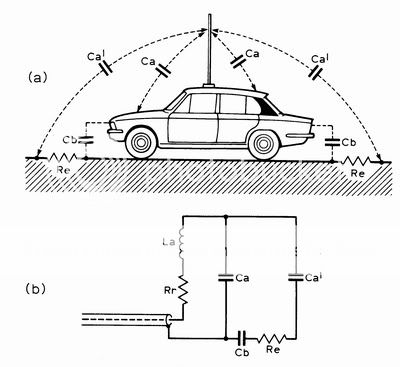Here is a link to a guy looking for the experiment you note above. It was published in CQ, April, 1984.
TopBand: W3ESU/K8CFU 'minipoise' - any info?
Here is another article about the test these same guys did and it has some history too.
http://www.w1npp.org/events/2010/2010-F~1/ANTENNAS/HF-VER~1/830202~1.PDF
db, I also think I have the article you noted entitled: "Vertical Antennas: New Design and Construction Data."
It is 5 pages long, front and back.
The book (ARRL Antenna Book, 16'th edition) does list those three authors, and the less than a page about it available to me says full results are available in The ARRL Antenna Compendium, Volume 2. The pictures in the book are from the same source, and don't match what is in the article from the same people you linked. There is less than a page of information directly related to the subject in the antenna book.
The DB

